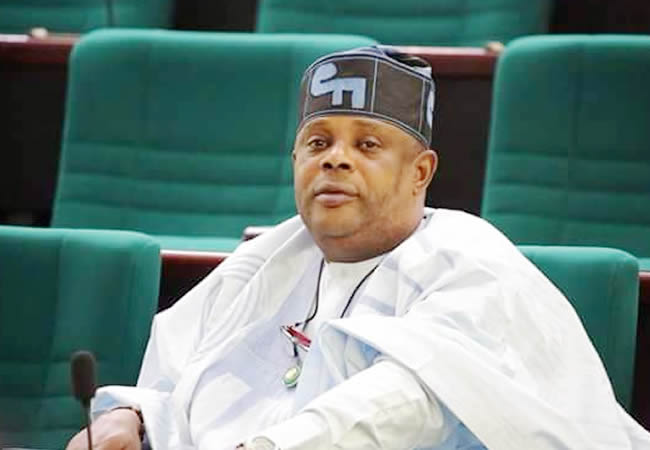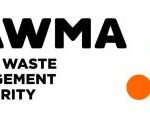
This is as he put the cost of production of crude oil per barrel at $9 in Saudi Arabia, $21 in Norway, and $24 for the United States of America, adding that despite the increase in production cost, the volume of production has continued to dwindle.
He added that the continuous rise in production costs is having a negative telling on the nation’s revenue. According to him, with crude oil selling at about $80 at the international market, only $32 is available to the government to be shared with oil companies.
Faleke stated these on Tuesday at the National Assembly, Abuja at a meeting between the House Committee on Finance and the management of the Nigeria National Petroleum Company Limited on the cost of crude oil production in the country and it’s impact on government revenue.
Faleke said, “It is important that Nigerians understand the impact of production costs on the available revenue accruable to the Federal Government to execute its programs in the national budget. The higher the cost of extracting a barrel of crude oil from the ground, the less funds available to the government and Nigerians.
“The committee has been given a total costs figure of $48.71 per barrel by the FIRS for calculation of Petroleum Profits Tax and Hydrocarbon Tax and this will also be used for profit calculations. We need a detailed analysis of how this value was attained.
“Over the years, Nigeria’s cost of oil production (both capital costs and overhead costs) has continued to increase reaching new unprecedented highs of over $48 per barrel. This implies that as crude oil now sells at about $80 per barrel, for us in Nigeria, with a cost of extraction of about $48, only $32 is left to be shared with the oil companies.
“Compare that with $9 in Saudi Arabia, $21 in Norway or $24 for US shale oil and we see that Nigeria has one of the highest costs of oil production in the world.
“If we look further at these costs, we see they have risen steadily in Nigeria from about $30 in 2014 to $48 in 2024. To enlighten Nigerians further, if we assume our oil production is 1 million barrels per day; every additional $1 cost per barrel translates to $1 million per day.”
The All Progressives Congress chieftain from Lagos State also stated that “From 2014 to 2024, our costs have increased by about $18m per day or $6.6 billion per annum over 10 years; and this has not led to an increase in either reserves or production. This further implies that for a production of 1 million barrels per day, we are incurring costs of $48m per day or $17.5 billion per annum.
“The committee has been reviewing oil sector figures closely since the beginning of this 10th assembly and revenues accruing to the Federal Government and foreign exchange inflows to the country have not met previous expectations.
“in this regard, we have seen that major revenue losses to the government are caused by various factors including drop in available crude oil production (due to oil theft, shut ins, lack of new investments, reduction in output from older wells, etc) and pledged production volumes to offset loans and repayment arrangements taken by the NNPCL on their own behalf or on behalf of the Federation as well as higher costs of oil production.
“To show the importance of this on the well-being of the economy, the latest executive orders issued by My President last week, touched on the issue of contracting costs and cost efficiency in the upstream oil sector.
He continued, “It is imperative that we, as a nation, endeavor to increase our production volumes and at the same time reduce production costs to increase accruals to the government.
“In alignment with these new executive orders, the Committee on Finance has resolved to closely scrutinize federation expenses charged to crude oil production by the NNPC and International Oil Companies.”
Faleke said further that the committee has raised pertinent questions on the cost of operations of the nation’s upstream petroleum sector.
He said, “Why does each oil field operator have different OPEX & CAPEX? Why are costs increasing and production reducing? Is topography the only variable causing these higher costs or are there other factors?
“What are the production costs of PSCs and other partnership arrangements or do they form part of the $48.71 given by the Federal Inland Revenue Service? What is the historical cost of production computations from 2014 fill date and what is the status of the $3.30bn forward contract executed by NNPCL?
The committee requested for a list and status of all forward contracts executed by the NNPC/NNPCL from 2014 till date as well as the assets used to secure all these contracts?
He stressed that “We have noticed that NNPCL has been transferring federation crude from the Federation to NPDC/NEPL, thereby shifting FG income from a daily profit oil to an annual dividends payment”, while asking for the revenue implications to the government.
He also noted that “According to NUPRC records, OML 24 was transferred to NNPCL/NEPC in 2019 for a signature bonus of $309.94m of which only $30.91m has been paid. This has left an outstanding of $278.18m due to government from the NNPC/NEPL. This implies that this asset has been transferred from the federation to the NNPCL/NEPL reducing the amount of oil accruable to the federation while a signature bonus for the transfer has not been paid up.”














